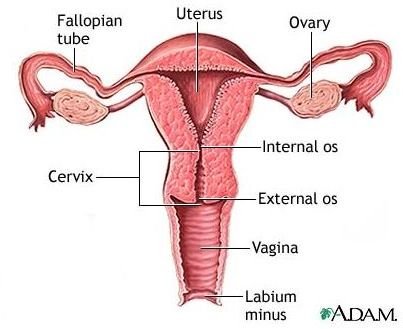Treatment for PID (Pelvic Inflammatory Disease)
PID
PID (pelvic inflammatory disease) is inflammation of the uterus, fallopian tubes, and/or ovaries. It is caused by an infection from several different types of microorganisms, primarily those that cause gonorrhea (Neisseria gonorrhoeae) and chlamydia (Chlamydia trachomatis). Each year, about 1 million women in the United States develop PID. About 1 in 8 adolescent girls who are sexually active will develop it by the age of 20. Below, is more information on this condition, including the treatment for PID.
Causes & Risk Factors
Most cases of PID are caused by a bacteria that moves upward from the vagina or cervix into the uterus, fallopian tubes, or ovaries (reproductive organs). Sexually transmitted diseases (STDs) are the most common cause of pelvic inflammatory disease. Other causes include procedures such as abortion, IUD placement, and endometrial biopsy.
Women at risk include those with multiple sexual partners, who have a history of a STD or PID, or who recently had one of the above mentioned procedures. Douching can further increase the risk by forcing bacteria into the reproductive organs.
Symptoms
Symptoms can vary from mild to severe. Symptoms are usually mild when the disease is caused by a chlamydial infection; however, the microorganism is causing serious damage to the reproductive organs. When symptoms are present, they can include lower abdominal pain, abnormal vaginal discharge that may be foul smelling, fever, chills, fatigue, nausea, loss of appetite, irregular menstrual bleeding, and painful urination or intercourse.
Treatment
PID treatment includes several different types of antibiotics. The antibiotic used depends on the infection. If the disease is mild, women are normally given an injection (one time shot) and are sent home with pills that can take up to 2 weeks to complete. If the case is more severe, she may have to treated in the hospital. First, a few doses of antibiotics are given IV (intravenously) and then the course is completed with pills. Antibiotics will destroy the organism but it will not reverse any damage that may have occurred.
Normally PID is treated with at least two antibiotics because identifying organisms from the reproductive organs are difficult and more than one organism may be responsible. It is important that the woman complete the full course of antibiotics, even if symptoms disappear after a couple of days of treatment. To help prevent re-infection, the woman’s sex partner(s) should also be treated (even if they have no symptoms).
Surgery may be necessary if the case is complicated.
Complications
If treatment for PID is delayed, serious complications can occur. The bacteria that invades the reproductive organs scar healthy tissue. Scarred tissue in the fallopian tubes can prevent sperm from fertilizing an egg (making the woman infertile) or it can prevent a fertile egg from leaving the fallopian tube into the uterus (causing an ectopic pregnancy). Chronic pelvic pain is another complication from PID.
Complications (scarring and pain) are difficult to treat. Surgery may be helpful for some women.
Sources Used
Centers for Disease Control and Prevention: Pelvic Inflammatory Disease - CDC Fact Sheet - https://www.cdc.gov/std/pid/stdfact-pid.htm
Medline Plus: Pelvic inflammatory disease (PID) - https://www.nlm.nih.gov/medlineplus/ency/article/000888.htm
Photo Credit
Image courtesy of the National Library of Medicine (NLM).
